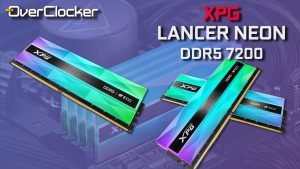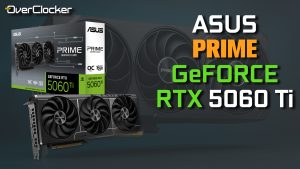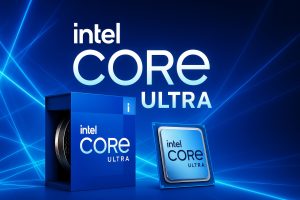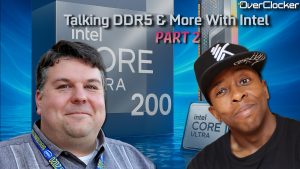X570 AORUS MASTER Review
WEB: (GIGABYTE) MSRP: US$ 359 | ZAR 7,399 AUTHOR: Neo
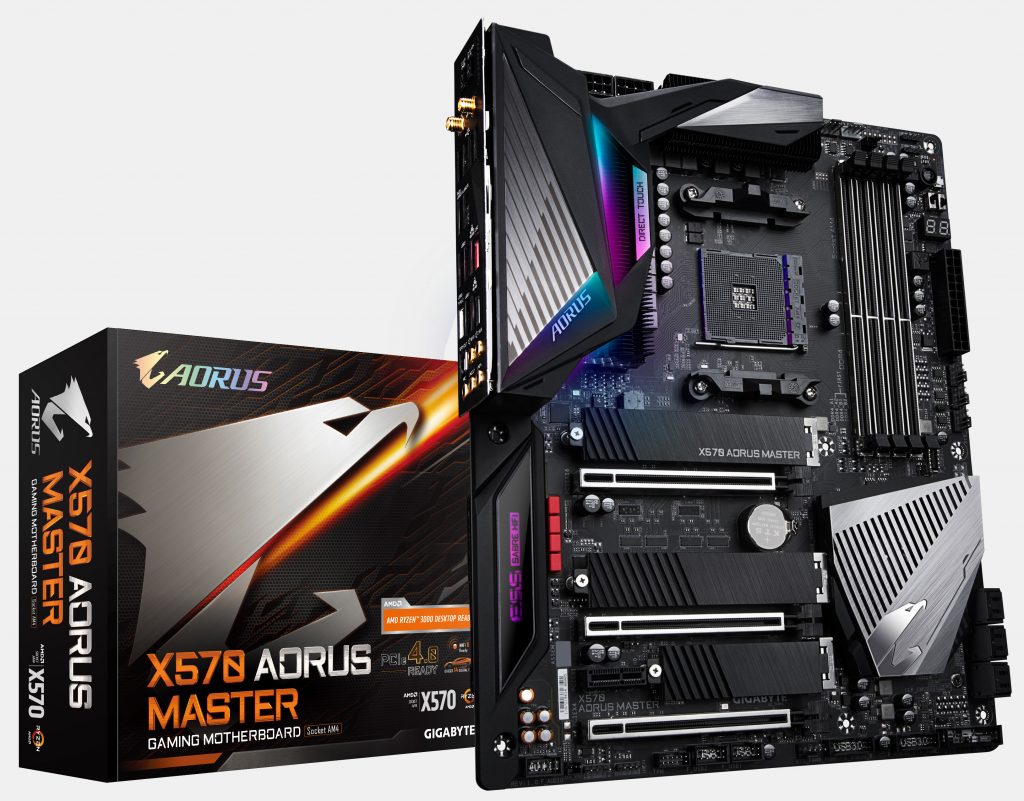
Now that the dust has settled somewhat with the launch of the X570 and AMD’s 3000 series CPUs, it’s time to look at one of the most interesting entries in the X570 line up. The X570 AORUS MASTER was the first boards we received, but from then until now, bit about is has changed and the review that you would have read on launch day would not be anywhere near as representative or as good as what you would buy right now.
As far as motherboards go this is what I would consider a premium board. Yes, there exists the Extreme version of the X570 AORUS with even more features and a further beefed up power delivery system, but one would consider these fairly cosmetic for the vast majority of users. That said, motherboards at that price point have their own unique appeal and there will be those who will gravitate towards the Extreme over the X570 AORUS MASTER.
With all that out the way let’s get into the specifications.
| Specifications | ||
| Socket | CPU | Socket 1331 | AMD AM4 3rd, 2nd & 1st Gen AMD Ryzen with VEGA Graphics | |
| Chipset | AMD X570 | |
| Memory Support | 4xDIMM DDR4 2133 – DDR4 4400(O.C.) (Dependent on CPU generation) | |
| Storage | 6x SATA 6Gbps, 3x M.2 x4 (2x 22110, 1x 2280) | |
| Audio | ALC S1220-VB, ESS SABRE 9118 DAC | |
| Expansion Slots | 2x PCIe 4.0 x16, 1x PCIe 4.0 x16 (x4 Electrical), 1x PCIe 4.0 x1 | |
| Connectivity | Wi-Fi 802.11ax, BT 5.0, 1x 2.5Gbps LAN, 1x Intel Gigabit Lan | |
| Rear Panel I/O | 4x USB 3.2 Gen 2 (1x Type-C, 3x Type-A), 2x USB 3.2 Gen 1, 4x USB 2.0/1.1, 1x Clr CMOS, 1x Q-Flash, 2x RJ-45, 2xSMA antenna connectors | |
| Total Fan Headers | 7x 4-pin (PWM/Voltage) | |
| Power Connectors | 1x 24-pin EATX, 2x 8-pin 12V | |
| Form Factor | ATX Form Factor: 12.0-in x 9.6-in, 30.5 cm x 24.4 cm | |
As with the previous X570 motherboard reviewed here. The X570 AORUS MASTER brings with it, USB 3.2 Gen 2 support, 2.5G Lan, PCI express 4.0, support for DDR frequencies as high as 4400MT/s and of course native support for all 3000 and 2000 series Ryzen CPUs. Add in beefed up audio components and the AORUS Master is pretty much as complete as any board can be, at least on paper.


